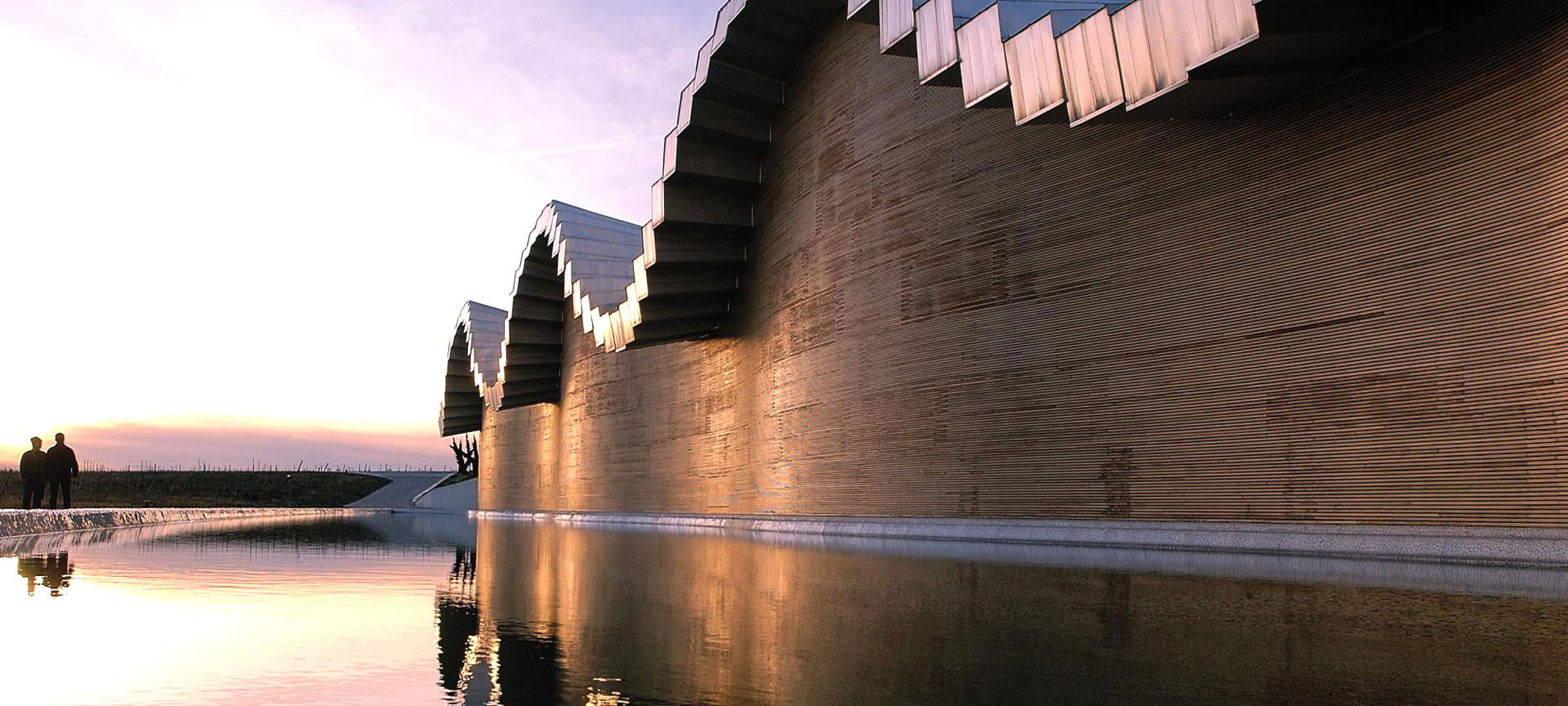
Designer wineries
The new cathedrals of wine
Architecture and wine are a perfect pairing in Spain, especially in the case of the most modern avant-garde wineries. These premises were designed by prestigious architects, and are notable not only due to their aesthetic but also for their technological innovation and efficiency in wine production. In these places you have the opportunity to enjoy wine tourism and Spanish wines with all five senses.
Debe activar Javascript para poder utilizar este servicio
-

Marqués de Riscal: the City of Wine
In Elciego (Álava) the sinuous forms of the building created by Frank Gehry rises over the vineyards. The architect chose titanium cladding in pink, gold and silver, the signature colours of Marqués de Riscal. A visit to the winery is an evocative experience in this complex, which includes a luxury hotel, a wine therapy spa, a conference centre and two restaurants directed by the chef Francis Paniego.
-
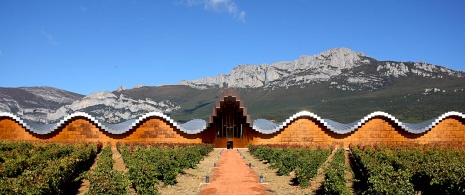
Ysios, in honour of Isis and Osiris
On the outskirts of Laguardia (Álava) the striking silhouette of Bodegas Ysios stands out against the mountains of Cantabria in the distance. Founded in 2001, the winery is named after the Egyptian gods who, according to the mythology, taught humanity to cultivate grapevines. Santiago Calatrava was inspired by a row of barrels to design the spectacular roof of this winery, which seen from above is shaped like a wine glass.
-

Viña Real, a unique barrel
Also in Laguardia, we find this building in the shape of a giant barrel, designed by Philippe Maziéres. It is built of concrete, cedar and stainless steel on the hill of Cerro de la Mesa, but the caves where the wine is stored were carved from the rock, making use of the unique terrain. Its wine tourism attractions also include workshops and creative activities for children, all centred on the world of wine.
-
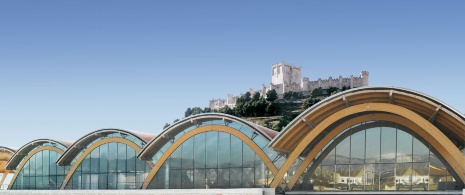
Protos, first in La Ribera
At the foot of the hill where Peñafiel castle (Valladolid) dominates the Ribera del Duero, we find the intriguing roofs designed by Richard Rogers. The modern facilities of Protos reinterpret the traditional architecture of the local wineries, with a structure and materials that improve performance, minimise energy use and reduce the environmental impact. The tour also includes the ancient wine cellars dug into the mountainside.
-
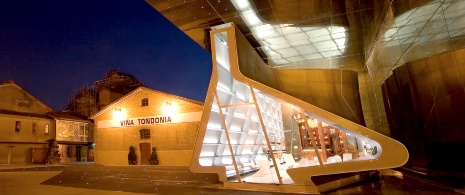
López de Heredia: Zaha Hadid’s decanter
The López de Heredia winery is the oldest in Haro and is one of the first three founded in La Rioja. For its 125th anniversary, Zaha Hadid designed a sculptural roof for the winery’s Art Nouveau stand from its participation in the Brussels International Expo of 1910. The project was permanently integrated as an annexe housing the tasting rooms and the shop.
-
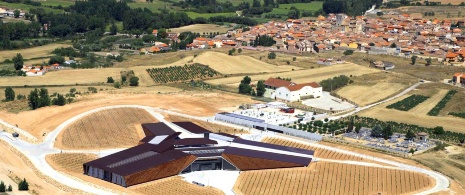
Portia, a three-pointed star
The winery designed by Norman Foster for Grupo Faustino is located in Gumiel de Izán (Burgos), in the Ribera del Duero area. This huge star-shaped structure seems to emerge from the earth. Made of concrete, oak, steel and glass, each arm of the star is devoted to a different wine-making stage: fermentation, barrel ageing, and bottle ageing.
-
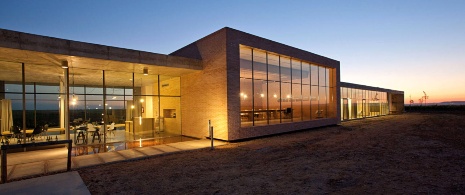
Finca Montepedroso, sustainable wine-making
To build their winery in Rueda (Valladolid), the Martínez Bujanda family gave the architects several requirements: the materials had to be local and non-polluting, and the building had to be energy efficient. The result is a contemporary building which is harmoniously integrated into the landscape, with respect for the environment as its watchword.
-
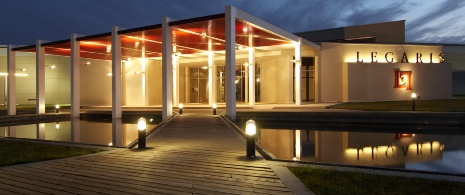
Legaris, open to nature
Domingo Triay created the minimalist architecture of this winery in Curiel de Duero (Valladolid). The large windows let the natural light flood in and give a feeling of integration with the landscape. In spring, tours of the winery and the vineyards include the option of tasting Ribera de Duero wines on the terrace at sunset, with the fabulous views of Peñafiel castle as a backdrop.
-
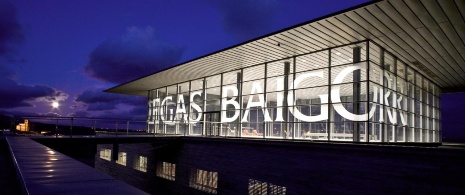
Baigorri, the glass box
Iñaki Aspiazu designed this winery in Samaniego (Álava) which adapts to the terrain and uses it in the wine-making process. Most of the facilities are underground, enabling the use of gravity in the different stages of the vertical process. Outside, a large glass structure welcomes visitors, offering a spectacular view of the local vineyards before they begin the tour.














